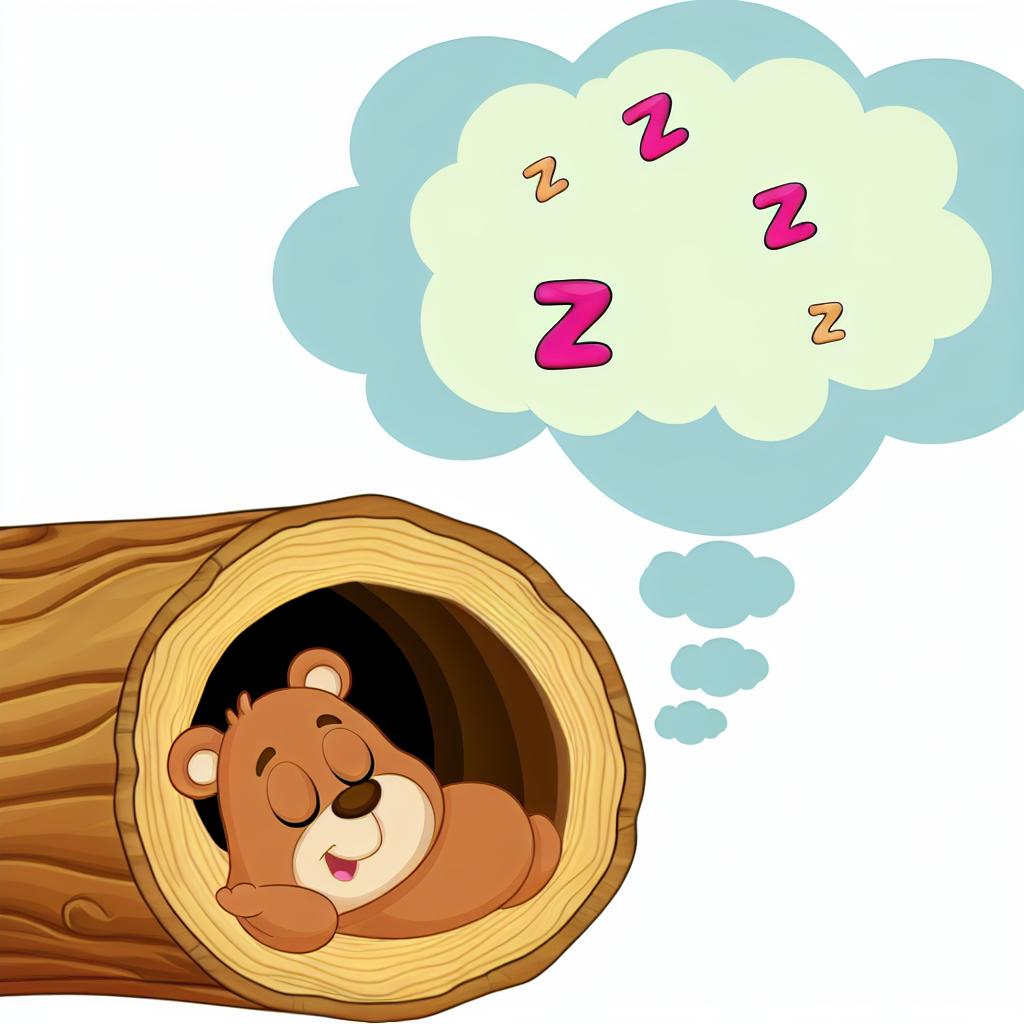The Unique Sleeping Habits of Bears
Bears possess fascinating sleeping habits that vary across species and environmental conditions. Understanding these habits offers insight into their survival mechanisms and adaptation strategies.
Hibernation: A Seasonal Dormancy
Many people are familiar with the concept of hibernation in bears, but this phenomenon is more complex than a simple winter-long sleep. Hibernation is a state of reduced physiological activity that helps bears conserve energy during times when food is scarce.
Metabolic Adjustments
During hibernation, a bear’s metabolic rate can drop by 50-60% compared to its active state. Its heart rate slows, and it may only breathe a few times per minute. Despite this apparent sluggishness, it’s interesting to note that bears do not experience muscle atrophy to the extent one might expect from months of inactivity, thanks to their efficient metabolic adjustments.
Hibernation Sites
Bears choose their hibernation locations carefully. The den must offer protection and insulation. Generally, grizzly bears, black bears, and polar bears select dens that hold a constant temperature, usually below freezing. For a detailed exploration of bear hibernation, the National Geographic grizzly bear page provides more information.
Daily Sleeping Patterns
When not hibernating, bears are typically polyphasic sleepers, meaning they have multiple sleep episodes throughout the day.
Seasonal Variations
In warmer months, some bears will adopt a crepuscular, or even nocturnal, lifestyle to avoid heat and potential interactions with humans. This seasonal variation ensures they remain well-rested while optimizing their foraging time during cooler parts of the day or night.
Shelter for Rest
Bears often find ground-level shelters such as beneath trees or rock outcroppings to rest. However, they are known to adapt to available environments, occasionally using human structures. For more on how bear behaviors affect human interactions, visit the BearSmart website.
Special Case: The Sloth Bear
The sloth bear presents an exception to many common bear sleep habits. These bears do not hibernate due to their tropical environmental conditions in India and Sri Lanka. They may rest during daylight hours in specially chosen places that offer protection from the extreme heat.
Social Resting Behavior
Unlike most other bears, sloth bears may be found resting in small family groups. This behavior emphasizes the diversity in bear sleep patterns according to the environmental conditions and species-specific social structures.
Understanding these unique sleeping habits not only aids in conservation efforts but also enhances our appreciation of these complex creatures.

